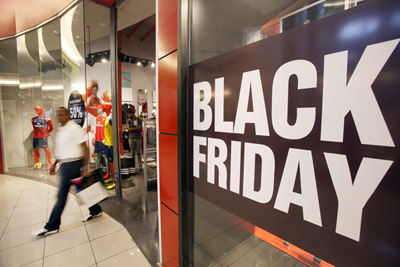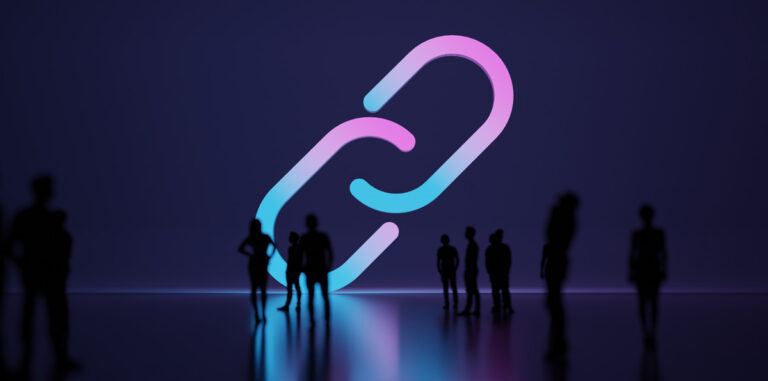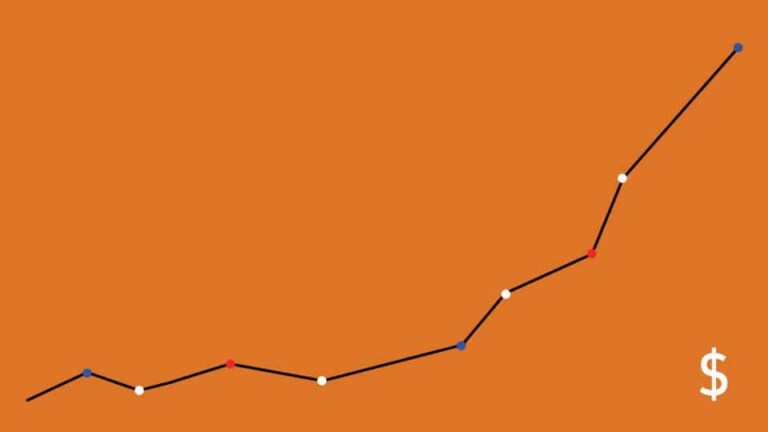Marketing Black Friday has been on marketers’ minds for many months. Retailers had online sales of US $8.9 billion last Friday (Black Friday), according to data from Adobe Analytics. This is the first time ever that growth reversed from the prior year. Portada’s editorial team analyzed data and reports and came up with 8 key points to take into account.
“For the first time ever, Black Friday saw a reversal of the growth trend of past years,” Vivek Pandya, lead analyst at Adobe Digital Insights, said in a report on U.S. e-commerce trends. Online spending last year on Black Friday totaled US $9 billion compared to US 8.9 billion this year
Black Friday Marketing Strategies have been on brand marketers’ minds for many months. 4 days of the 5-day holiday shopping event known as ‘Cyber 5’ or the ‘Turkey 5’ are over and Portada’s editorial team analyzed data and read many reports and came up with the following 8 points/trends for brand marketers to take into account:
1. Marketing Black Friday: Holiday Shopping Has Been Stretched Out because of…
Fresh shopping numbers released over the weekend suggest that more Americans stretched out their holiday shopping this year given concerns about COVID-19 and supply chain disruptions. Retailers have also spread out their promotional offers, giving another reason to start shopping earlier. A survey from the National Retail Federation found that 61% of consumers started purchasing holiday gifts before Thanksgiving, and 28% of their holiday shopping was done by early November.
2. …Supply Chain Shocks and Inflation
“There’s no doubt that both supply chain shocks and fears of inflation have disrupted consumers’ typical holiday shopping patterns,” Laura Wronski, senior manager of research science at Momentive wrote in an email to CNBC. “A lot of consumers have intentionally gotten an early start on their holiday shopping because they don’t want to be left empty-handed at the holidays!”. “It’s one thing to wait a few months for a new couch to be delivered; it’s another to try to explain to your kids why Santa isn’t coming until January,” Wronski added.
3. …Lower Discounts Also Explain Lower Black Friday Sales
Relatively low Black Friday sales figures can also be explained by less discounting by retailers. According to an analysis by Refinitiv, the average promotional discount across major retailers heading into Black Friday was 33.4%, compared to an average discount of 37% that was offered in October and the early part of November.
4. …Brick and Mortar Store Visits Were Significantly Lower than in 2019
 Visits to stores and shopping centers climbed 48% from a year ago while trailing 2019 traffic by 28%, retail consulting firm Sensormatic said in a report. Retailers including Best Buy, Dick’s Sporting Goods, Kohl’s, Macy’s, Target and Walmart decided to keep their doors closedon Thanksgiving day this year. Traffic at retail stores also dropped substantially on Black Friday (28.3% compared with 2019 levels.)
Visits to stores and shopping centers climbed 48% from a year ago while trailing 2019 traffic by 28%, retail consulting firm Sensormatic said in a report. Retailers including Best Buy, Dick’s Sporting Goods, Kohl’s, Macy’s, Target and Walmart decided to keep their doors closedon Thanksgiving day this year. Traffic at retail stores also dropped substantially on Black Friday (28.3% compared with 2019 levels.)
During the holiday season as a whole this year, in-store visits are expected to lag 2019 levels by only 10% to 15%, said Sensormatic. Despite Covid-19 concerns, research points to consumers prioritizing in-store shopping to avoid potential shipping delays amid well-publicized logjams in the global supply chain.
5. Electronics and Video Games, Top Online Sales Items
According to Adobe, electronics and video games dominated the list of top-selling products bought online. Items included televisions made by Samsung and Vizio, Oculus Quest 2 — Meta’s virtual reality headset — and video game titles such as FIFA 22 from Electronic Arts and Ubisoft Entertainment’s Far Cry 6. Most-purchased toys included Legos and Rainbocorns.
6. Marketing Black Friday: Shoppers Increasingly Use Buy Now Pay Later Options
Consumers are increasingly financing their holiday shopping with pay-later options and installment plans for their purchases. On Thanksgiving, purchases in the U.S. using Klarna, an app offering installment payments, rose 124% from a year ago. According to data from Salesforce, shoppers used buy-now-pay-later options on 8% of all purchases in the past couple of days — up 31% from the previous year.
7. Retail Apps Are Clearly on the Rise
This year, retail apps are already approaching peak usage levels from the 2020 holiday season. According to Appsflyer, eCommerce app installs increased 55% on Android and 32% on iOS in 2021. While there is no data yet on the breakdown of e-commerce sales via apps and via websites, it is expected that the share of app usage for online purchases will grow. So far in 2021, consumers have generated 35% more revenue in eCommerce apps compared to 2020. 2021 in-app spend peaked in March, exceeding the previous March by 156%, according to Appsflyer data.
8. Today’s CyberMonday Is Slated to Be the Biggest Online Shopping Day of the Year
The National Retail Federation predicts 62.8 million people will shop today during Cyber Monday, capping off a holiday weekend for retailers that combined for a mixed bag of in-store and online sales compared to last year. Adobe predicted purchases of $10.2 billion to $11.3 billion on Nov. 29, or Cyber Monday, which the firm said is set to be the biggest online shopping day of the year. Adobe reiterated its prediction of US $207 billion in consumer spending during the holiday season as a whole.
Check out other Articles from Portada:
CPG Marketing in the Age of E-commerce Advice, Advice from two brand experts
Content for E-Commerce: How Willow Innovations and Primary Arms Do it







